Articles > Geography
Know Belgium Largest Cities? Here are the top 25 to get you started.
1. Brussels (Population: 1,255,795)
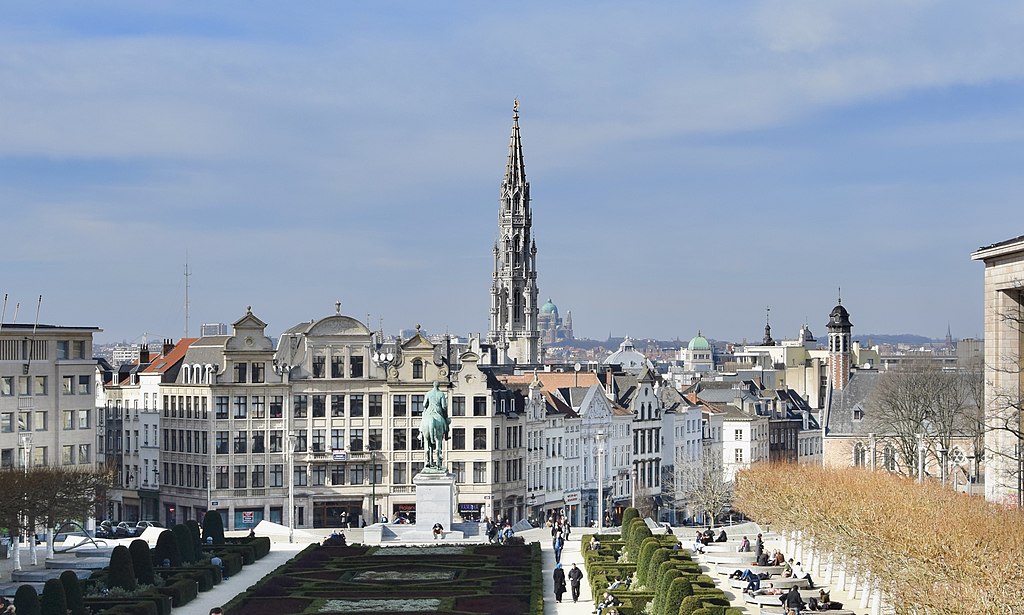
Brussels, Belgium’s capital and the de facto capital of the European Union, is known for its stunning Grand Place, Art Nouveau architecture, and cosmopolitan atmosphere. It’s a hub for politics, culture, and international business.
Interesting Fact:
Brussels is famous for its comic strip heritage, with murals of Tintin and other characters across the city.
2. Antwerp (Population: 562,002)
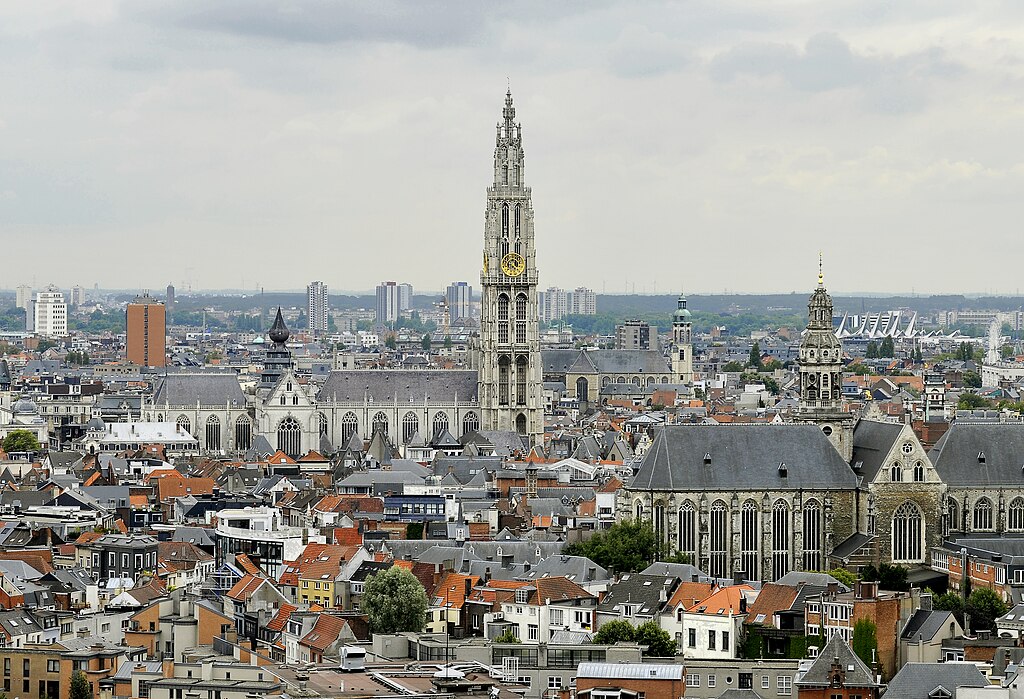
Antwerp is a major port city and a global center for the diamond trade. Its medieval old town is home to the Cathedral of Our Lady and a rich artistic heritage, including works by Rubens.
Interesting Fact:
Over 80% of the world’s rough diamonds pass through Antwerp.
3. Ghent (Population: 272,657)

Ghent combines medieval charm with a youthful, creative energy. The city is famed for its canals, the Gravensteen castle, and the Ghent Altarpiece.
Interesting Fact:
Ghent was one of the largest and wealthiest cities in Europe during the Middle Ages.
4. Charleroi (Population: 205,763)
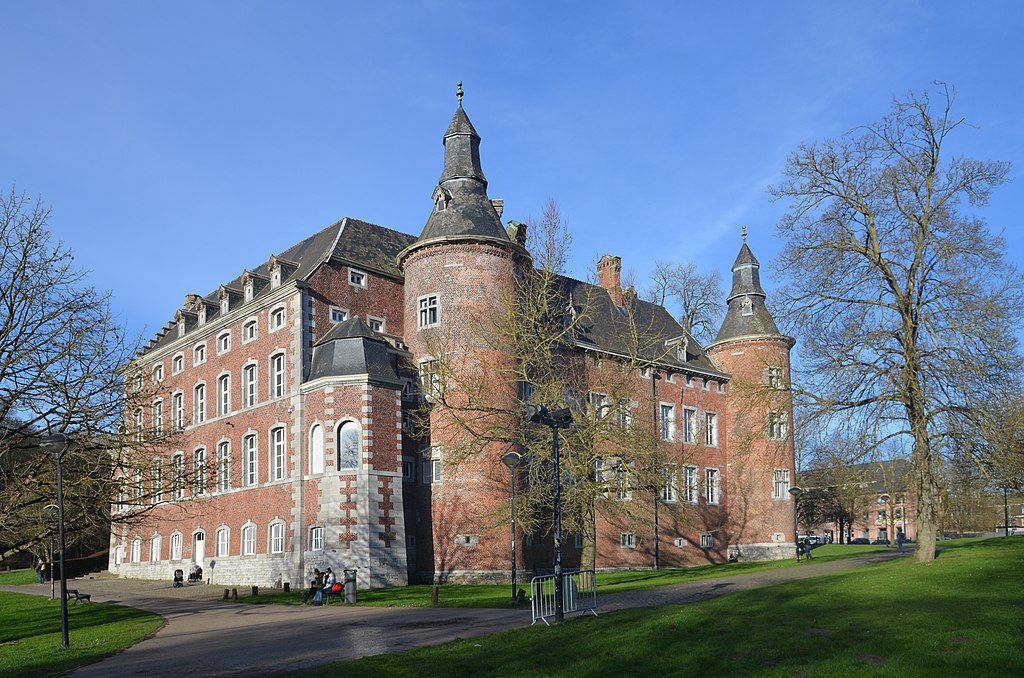
Charleroi, in Wallonia, is an industrial city with a rich mining history. It is undergoing significant urban renewal and cultural investment.
Interesting Fact:
Charleroi is home to Belgium’s largest photography museum.
5. Liège (Population: 197,323)
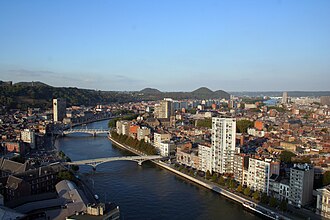
Liège, on the Meuse River, is known for its vibrant nightlife, historic churches, and cycling heritage.
Interesting Fact:
Liège hosts one of the oldest Christmas markets in Europe.
6. Bruges (Population: 120,283)
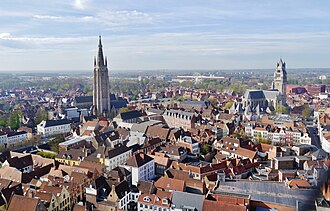
Bruges is a UNESCO-listed medieval city famous for its canals, cobblestone streets, and Gothic buildings.
Interesting Fact:
Bruges’ historic center has changed little since the Middle Ages.
7. Namur (Population: 115,029)

Namur, the capital of Wallonia, is known for its hilltop citadel and scenic riverside setting at the confluence of the Meuse and Sambre rivers.
Interesting Fact:
Namur hosts an annual international francophone film festival.
8. Leuven (Population: 104,906)
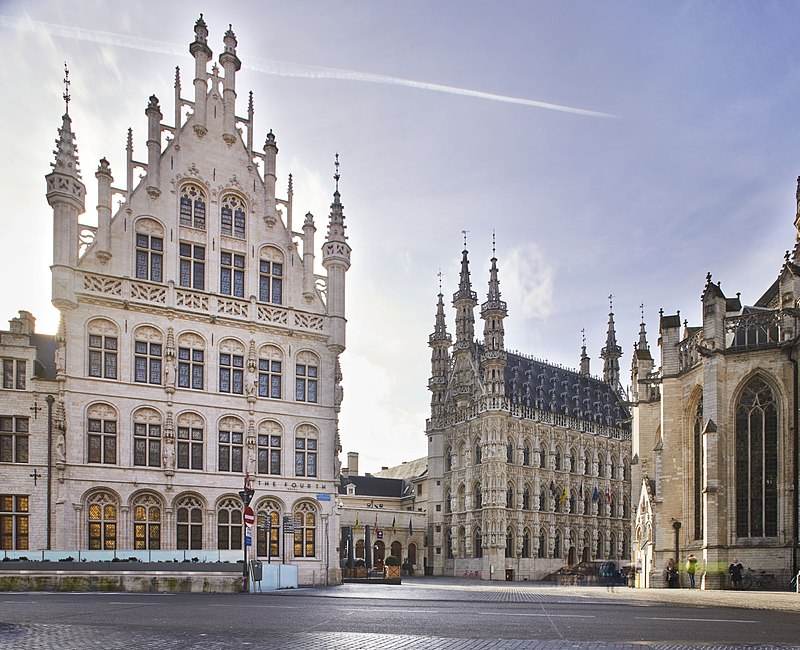
Leuven is home to KU Leuven, one of Europe’s oldest universities, and is renowned for its lively student culture and historic architecture.
Interesting Fact:
Leuven is the birthplace of Stella Artois beer.
9. Mons (Population: 97,120)
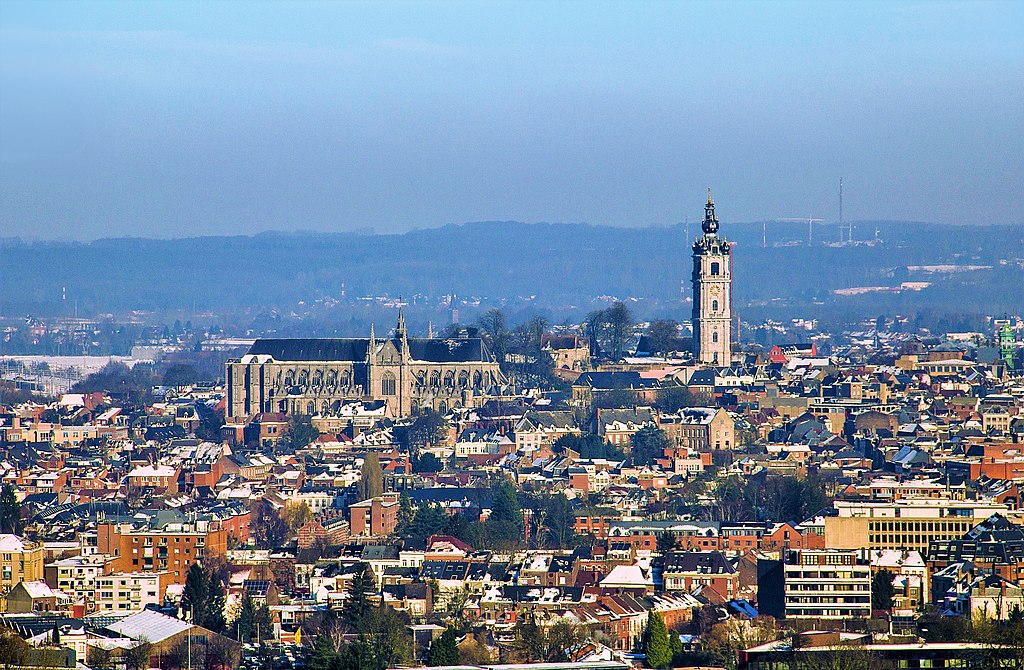
Mons, a cultural hub in Wallonia, features the UNESCO-listed belfry and is known for its art and heritage.
Interesting Fact:
Mons was the European Capital of Culture in 2015.
10. Aalst (Population: 92,131)
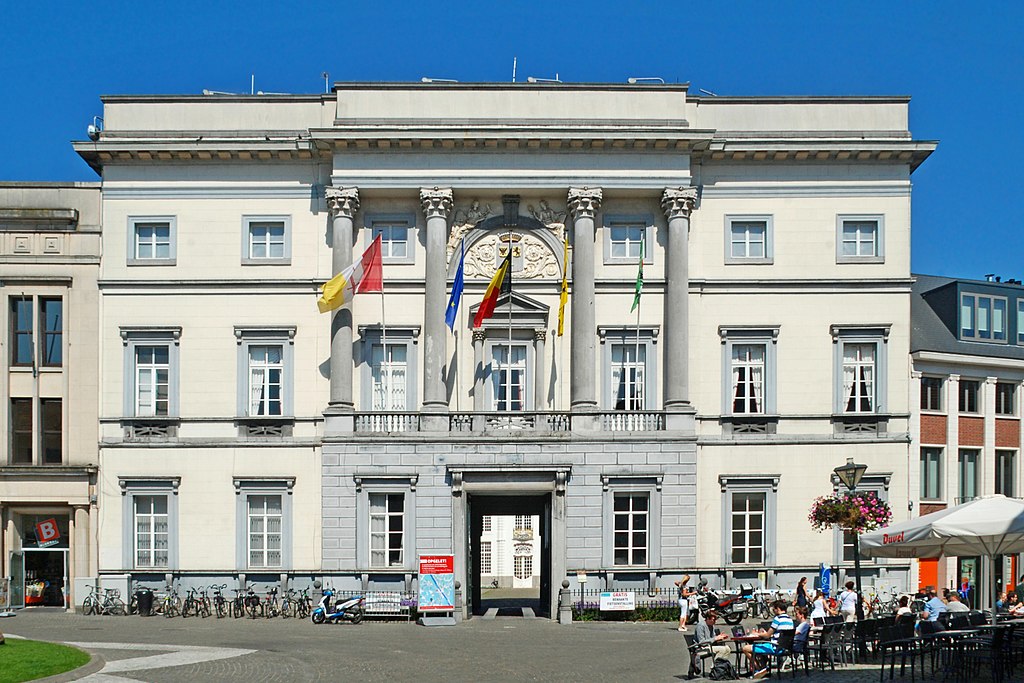
Aalst, in East Flanders, is best known for its elaborate and satirical annual carnival.
Interesting Fact:
Aalst Carnival is recognized by UNESCO as an Intangible Cultural Heritage.
11. Hasselt (Population: 90,249)
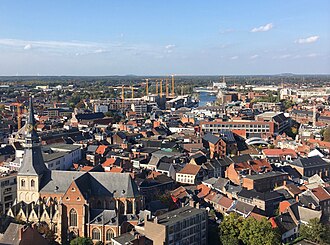
Hasselt is the capital of Limburg province and is famous for its jenever (gin) tradition and fashion scene.
Interesting Fact:
Hasselt hosts a Japanese Garden, the largest of its kind in Europe.
12. Mechelen (Population: 89,655)
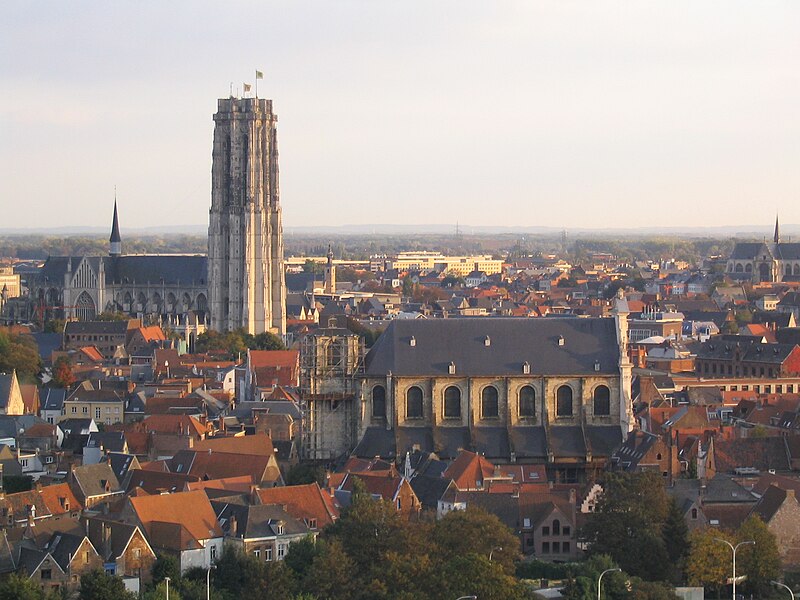
Mechelen is a historic city between Brussels and Antwerp, with impressive churches and the iconic St. Rumbold’s Cathedral.
Interesting Fact:
Mechelen was once the capital of the Low Countries in the 16th century.
13. Beveren-Kruibeke-Zwijndrecht (Population: 87,927)
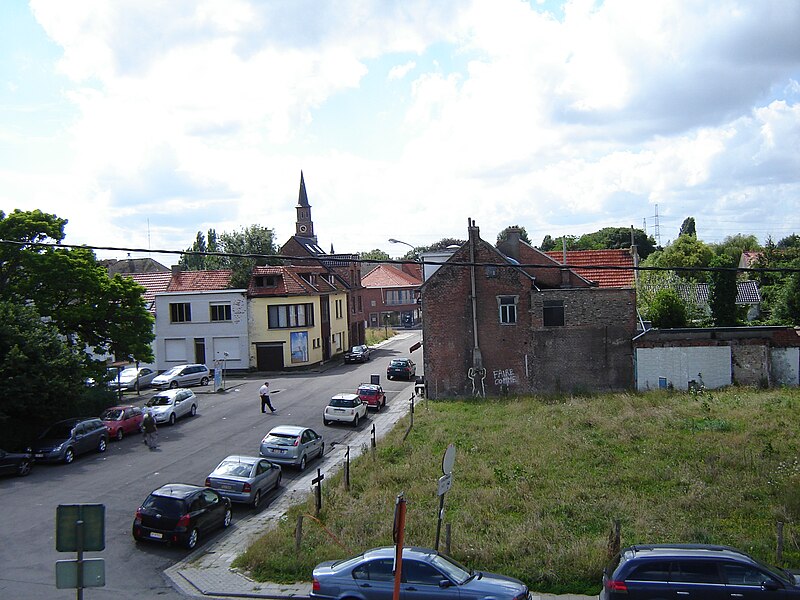
This merged municipality in East Flanders includes several historic towns and scenic river areas.
Interesting Fact:
The area is known for its tidal nature reserve, the Polders of Kruibeke.
14. Sint-Niklaas (Population: 82,661)
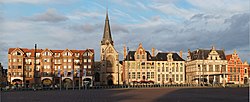
Sint-Niklaas boasts one of the largest market squares in Belgium and a rich textile history.
Interesting Fact:
The city hosts an international hot air balloon festival each year.
15. La Louvière (Population: 81,674)
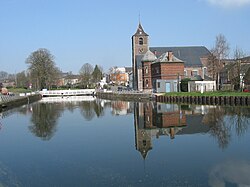
La Louvière is known for its industrial heritage and UNESCO-listed boat lifts on the Canal du Centre.
Interesting Fact:
The city’s name means “the wolf’s den” in French.
16. Kortrijk (Population: 80,776)
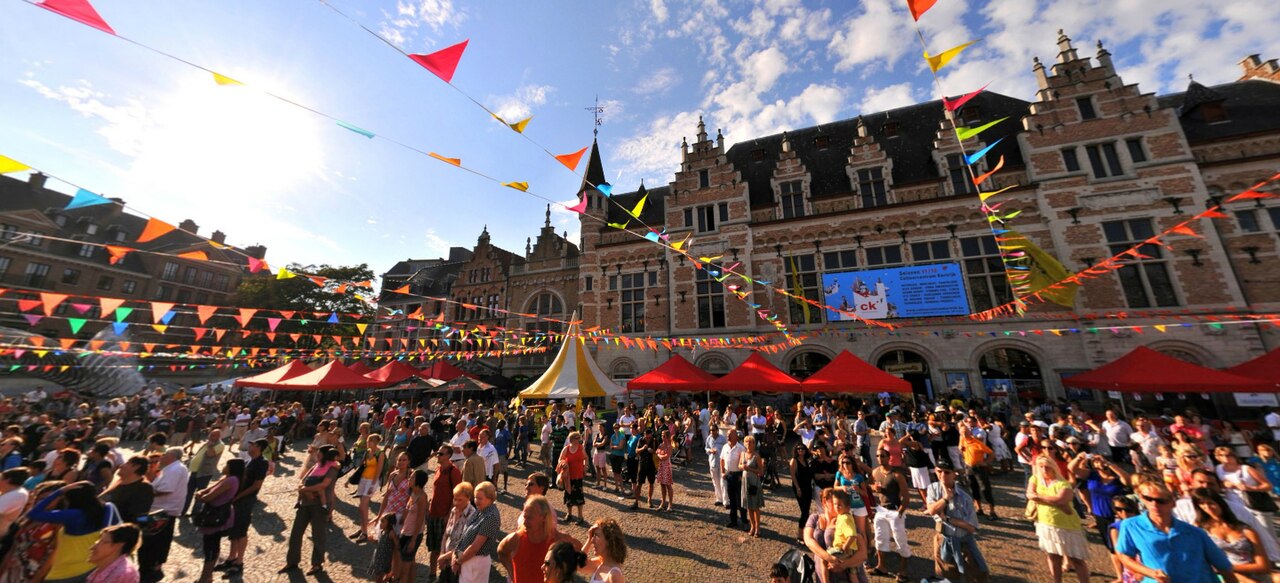
Kortrijk, on the River Lys, is noted for its medieval towers and textile industry.
Interesting Fact:
Kortrijk was the site of the 1302 Battle of the Golden Spurs.
17. Oostende (Population: 72,817)
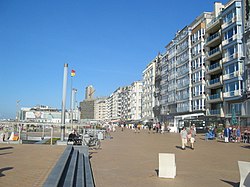
Oostende is Belgium’s largest coastal city, offering beaches, seafood, and maritime culture.
Interesting Fact:
It was once the summer residence of Belgium’s royal family.
18. Tournai (Population: 68,991)
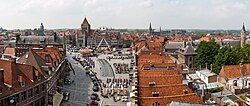
Tournai is one of Belgium’s oldest cities, with a cathedral and belfry listed as UNESCO World Heritage.
Interesting Fact:
Tournai was under English control for a period in the early 16th century.
19. Genk (Population: 68,058)
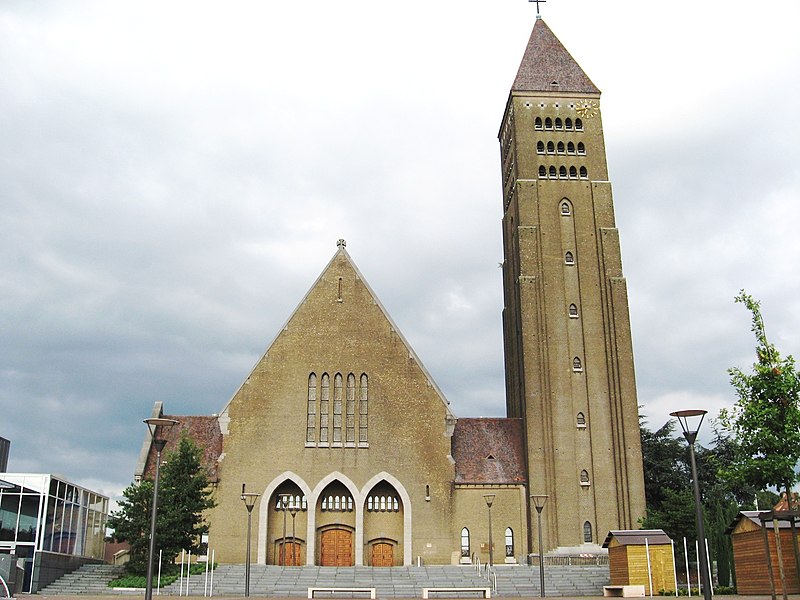
Genk is a multicultural city with roots in coal mining and strong automotive industry presence.
Interesting Fact:
Genk is home to the headquarters of car manufacturer Ford Europe (Belgium).
20. Roeselare (Population: 66,888)

Roeselare, in West Flanders, is known for its cycling culture and shopping.
Interesting Fact:
The city’s National Cycling Museum highlights Belgium’s rich cycling history.
21. Seraing (Population: 64,609)
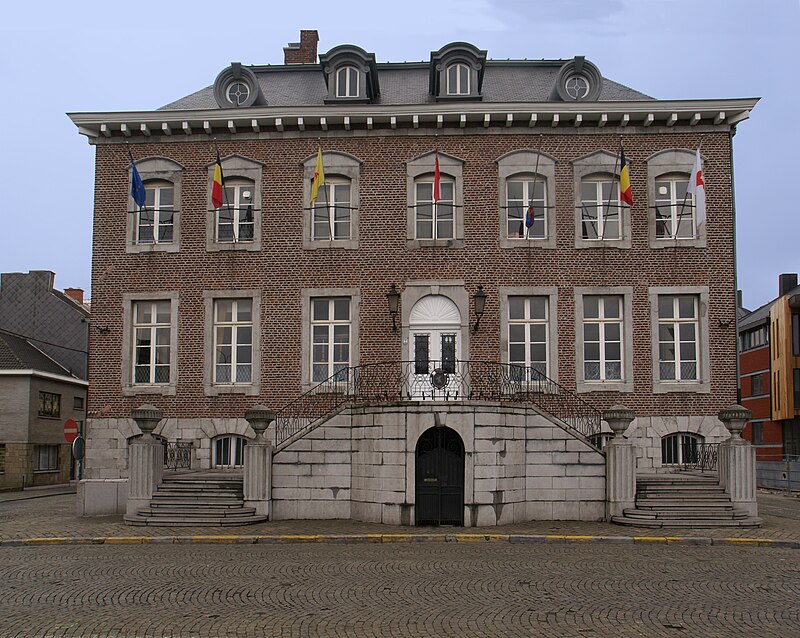
Seraing, near Liège, has a strong steelmaking heritage and industrial architecture.
Interesting Fact:
Seraing is home to the headquarters of Cockerill-Sambre steelworks.
22. Mouscron (Population: 60,304)
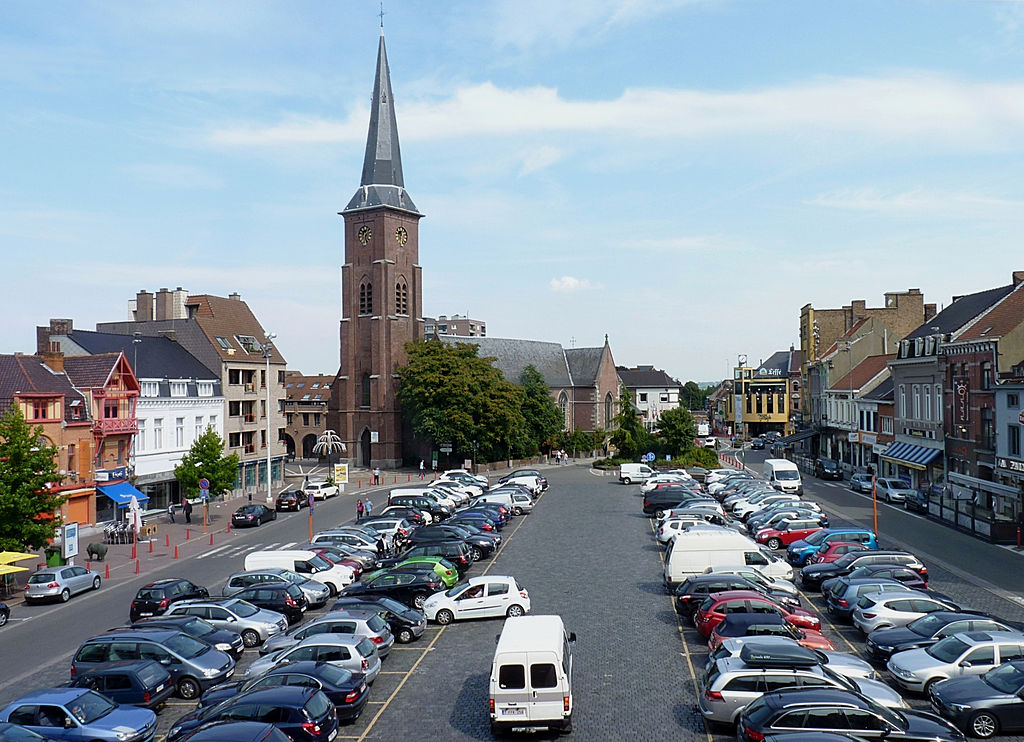
Mouscron lies on the border with France and blends Flemish and Walloon influences.
Interesting Fact:
The city hosts a large cross-border fair each year.
23. Verviers (Population: 56,127)
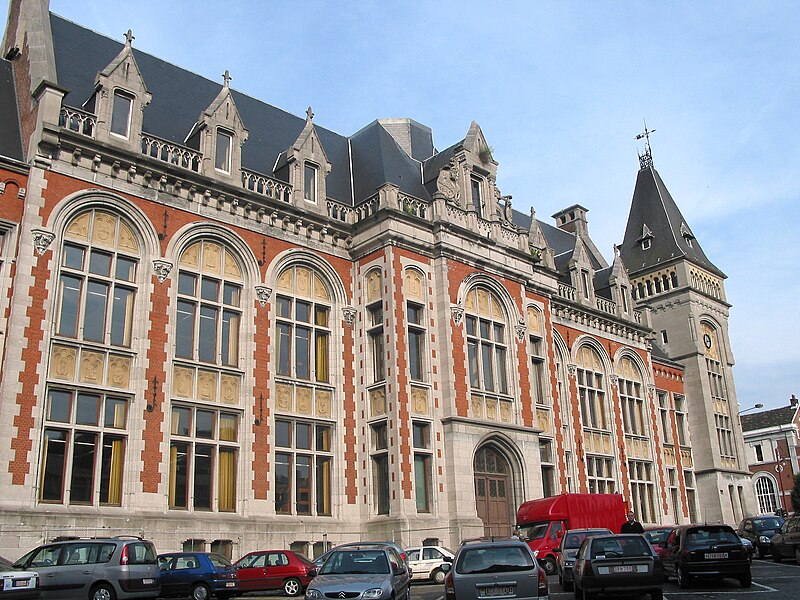
Verviers is historically linked to the textile industry and is known for its fountains and public squares.
Interesting Fact:
Verviers was a major center of the global wool trade in the 19th century.
24. Lokeren (Population: 50,606)
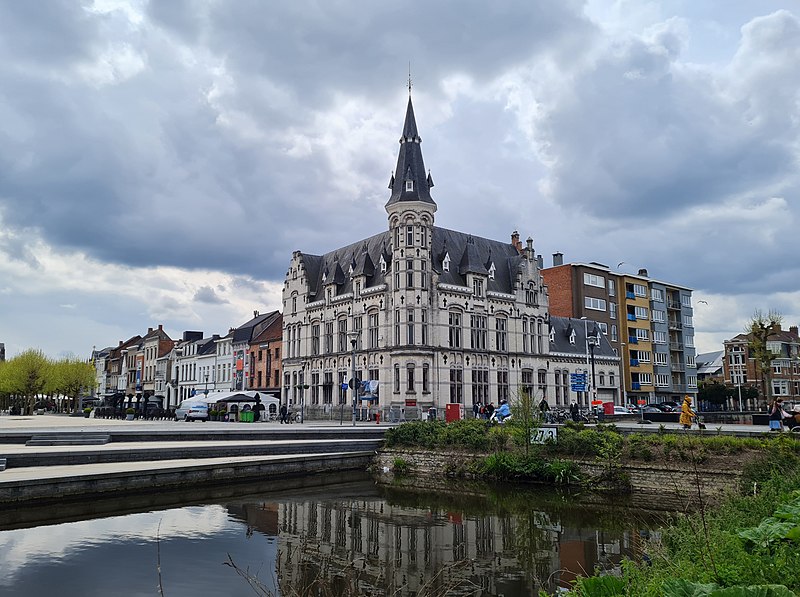
Lokeren, in East Flanders, is a regional commercial center with annual cultural events.
Interesting Fact:
Lokeren is famous for its summer music festival, Lokerse Feesten.
25. Beringen (Population: 48,755)
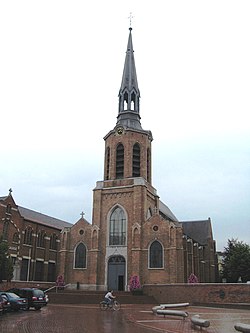
Beringen is known for its coal mining heritage, now preserved at the Beringen Mine Museum.
Interesting Fact:
The Beringen mining site is one of the best-preserved in Europe.




